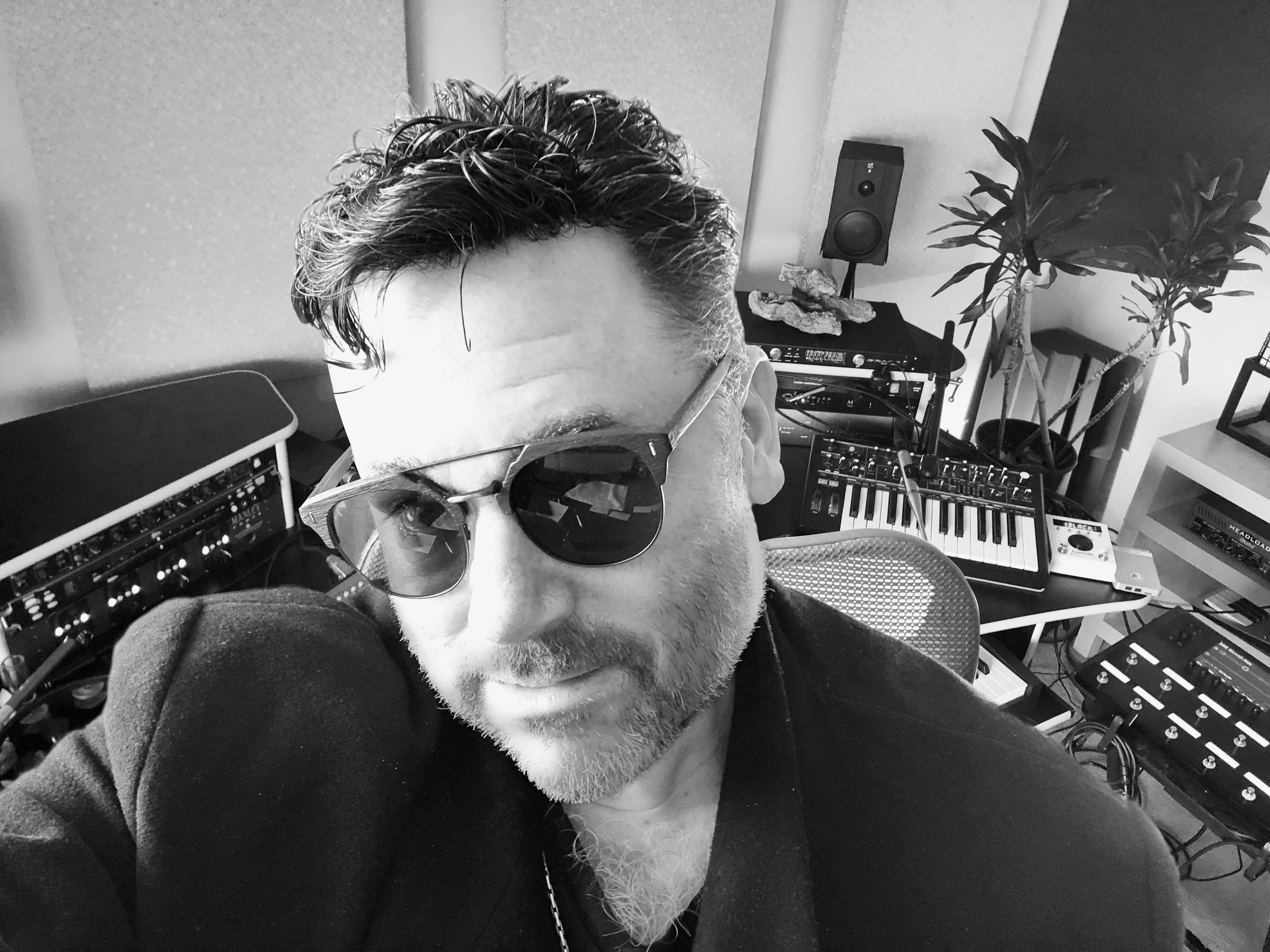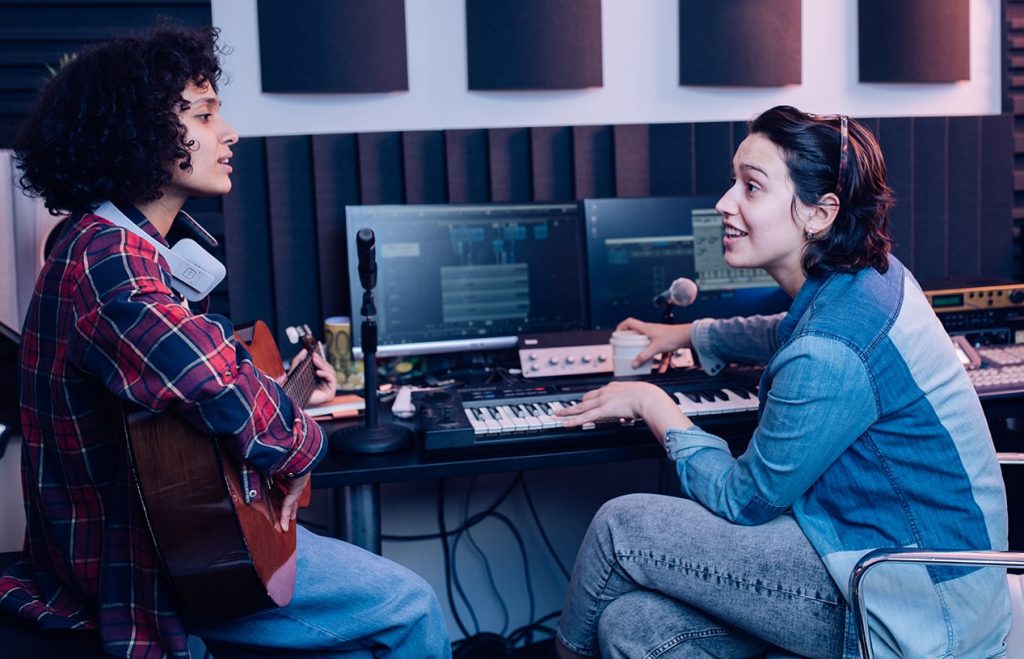Listen and Learn
It’s a potent combination.
I have always been able to “see” notes and scales on a guitar fretboard as shapes and boxes that fit together like pieces of a puzzle. By visualizing patterns and memorizing them, I could move up and down the neck quite easily. They all made sense to me on a level that seemed deeper than just strumming a few chords.
For some reason, I’ve also always had an innate sense of rhythm. Even as a beginner, I could navigate odd meters such as 7/8 or 11/12. My brain would simply lock into whatever the meter was, with little effort. Not only that, I was able to play on top of the beat, on the beat or just behind it with ease. No conscious thought went into any of these abilities — they just seemed to be something that I could feel inside my soul.
I don’t know why I was blessed this way, but if I have to come up with a possible explanation, it may be that, from the time I was an infant, I always loved listening to music. What’s more, as I listened, I was always somehow able to break down musical passages — even complex ones with a great deal of instrumentation — into their individual parts. My colleague Howard Massey posted a blog here not long ago that explored the subject of predisposition, and how much it may or may not play a role in the development of musical skills. Since I had little formal training, I have to conclude that in my particular case, these aptitudes came mostly from instinct.
By the time I reached high school I had joined a jam band with some friends. We were just experimenting, having fun, trying new things and, most importantly, listening closely to each other. We would try out all kinds of odd meters when we played — even polyrhythms, with two meters playing against each other simultaneously. I also learned the benefits of crafting repeating patterns, then adding a twist. For example, if you play the first six notes in a major scale and at the same time another musician plays just the first five notes in that scale in the same meter, they form a mathematical pattern that cycles within itself in all sorts of interesting ways. Later, when I was learning to play bass, I would listen to Led Zeppelin records and focus in on what John Paul Jones was playing. I literally became a better player just by hearing how his parts fit into the entirety of a song.
Through the years, my comprehension of what I was listening to improved, and my tastes broadened too. I had long loved rock, jazz, funk and reggae, but now I started taking an interest in classical music as well. Understanding the range and timbre of each symphonic instrument and the ways they interacted to form a cohesive sound was like turning on an aural light bulb. Even just learning how the string sections of first violin, second violin, cello and basses are positioned from left to right on stage helped me better “hear” the overall string work as a whole. The same applied to knowing that the french horns, trumpets, trombones and tubas were laid out the same way from left to right, typically positioned behind the flutes, clarinets, oboes and bassoons. I will never forget the first time I put on headphones and listened to a performance of Beethoven’s Fifth by the London Symphony Orchestra and heard the various parts and sections pan naturally in stereo as they were performed. It was so amazing I listened ten times in a row!
I’ve also learned an incredible amount by observing the artists I’ve been lucky enough to work with. Sitting next to guitarists like Al DiMeola and Ace Frehley and watching what they do and how they do it allowed me to pick up many tricks of the trade. Not that I could play like them, or wanted to, but I found that I was able to apply the small details that I saw and heard to my own style. Of course, not everyone has that privilege, but watching great performances on TV or online can be almost as constructive … especially if there are lots of close-up shots of fingerings.
Researchers have been able to quantify the benefits of listening to music. They have found that this activity engages broad neural networks in the brain, including those regions responsible for motor actions, emotions and creativity. An associate professor of psychology at the University of California Davis Center for Mind and Brain by the name of Petr Janata has even been able to create a model for mapping the tones of a piece of music as it moves from chord to chord and in and out of major and minor keys. What’s more, he discovered that the brain is able to sense these tonal progressions in the same region that is used for experiencing memories. (No surprise there, since we’ve all had the experience of a favorite song triggering recollections of meaningful times in our lives when we’ve heard it, including, in many cases, the first time we heard it.)
So the next time you’re listening to music, take the time to separate yourself from the music as a whole and hone in on a single part, then break it down. Think about how the individual components make you feel, then see if you can apply some of that to your own work. You’ll undoubtedly discover that listening and learning can truly be a potent combination.















